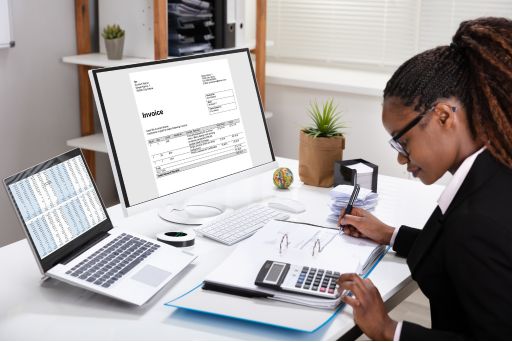Whether you know it or not, you could be leaving hundreds—even thousands—of dollars on the table by missing a few lesser-known small business tax deductions.
Entrepreneurs often miss some small business deductions they could qualify for because they didn’t keep accurate records throughout the year, or they shy away from the complications of itemizing each expense. Avoid overpaying taxes this year by making sure you’ve reviewed all small business deductions to see if you qualify.
5 of the Most Missed Tax Deductions for Small Businesses

- Business-Related Meals and Entertainment. Just keeping receipts on a business trip isn’t quite enough. Business owners who have an especially wide network and social schedule often spend thousands of dollars on eating out and entertainment for/with clients throughout the year. Many don’t keep accurate records and aren’t sure if they can really classify the meetings as “business-related.” However, keep in mind, there is no hard and fast rule about how much of the meeting must be taken up by business talk. You can safely deduct 50% of your meals as long as you can show a new client lead or referral came from the meeting. If you haven’t been saving your receipts this year and think you may have missed deductions in this area, a bank statement will suffice.
- Calculating Vehicle Expenses. Sure, $0.57 per mile driven can really add up when you take a road trip across the country to further your business. Most business owners find the Standard Mileage Rate to be more than fair, but it’s worth calculating vehicle expenses the hard way if you are really looking to save on your tax bill. Believe it or not, the “hard way” really isn’t all that hard. First, divide business-related by your total miles driven for the year. This will give you a percentage. Take that percentage and apply it to gasoline costs, car washes, new tires, oil changes—even a satellite radio fee or new seat covers. You can calculate “anything that is for the betterment of the vehicle.” Keep in mind that miles driven to and from the office each day do not count as “business.”
- Home Office—The Hard Way. The IRS allows a simple home office deduction of $5 per square foot. Again, more than fair for some business owners, but others take the long route and find that it works to their advantage. Calculating your home office using the traditional method involves measuring the office square footage, and dividing it by the total square footage of the home. You can then apply that percentage to home-related expenses such as electricity, heating, mortgage payments, and home depreciation. Calculate your home office deduction both ways and find which works better for you.
- Startup Costs. An often forgotten deduction comes in the form of expenses incurred before your business actually opened its doors. The great thing about startup costs is that there is really no limitation on how far back these expenses can be counted. If you took a continuing education class, bought a computer that is now used for work, took a future client out to dinner, you can count those as deductions. The IRS allows a deduction of up to $5,000 for the first year, and the rest amortized over the next 15 years.
- Employee Expenses. If you reimburse clients for any business-related expenses, don’t forget to keep track. Other employee expenses include gas, meals, hotel accommodations, tips, baggage fees, etc. You can also deduct the cost of gifts given to clients, as well as wrapping and shipping costs associated with those gifts.

This is obviously not an exhaustive list of commonly missed tax deductions—pet moving expenses, the cost of quitting smoking, clarinet lessons (yes, all real!)—but these are certainly the most common for entrepreneurs and small business owners. If you need help knowing what is and isn’t tax-deductible and making sure you are within IRS regulations, our accountants can help. Reach out to us today!
Frequently Asked Questions:
1. How can I ensure I don’t miss out on small business tax deductions?
Maintain accurate records throughout the year. Review all possible deductions to maximize savings and avoid overpaying taxes.
2. What are the deductions related to business meals and entertainment?
Deduct 50% of business-related meal expenses if they contributed to new client leads or referrals. Bank statements can suffice if receipts are unavailable.
3. How do I calculate vehicle expenses for tax deductions?
Use the Standard Mileage Rate or calculate expenses based on the business-related percentage of total miles driven, including various vehicle costs.
4. What’s the process for claiming a home office deduction?
You can opt for the simplified $5 per square foot deduction or calculate expenses using the traditional method based on office square footage.
5. What are deductible startup costs, and how far back can they be claimed?
Startup costs incurred before business commencement can be deducted, with no specific time limit, up to $5,000 in the first year and the rest over 15 years.





















